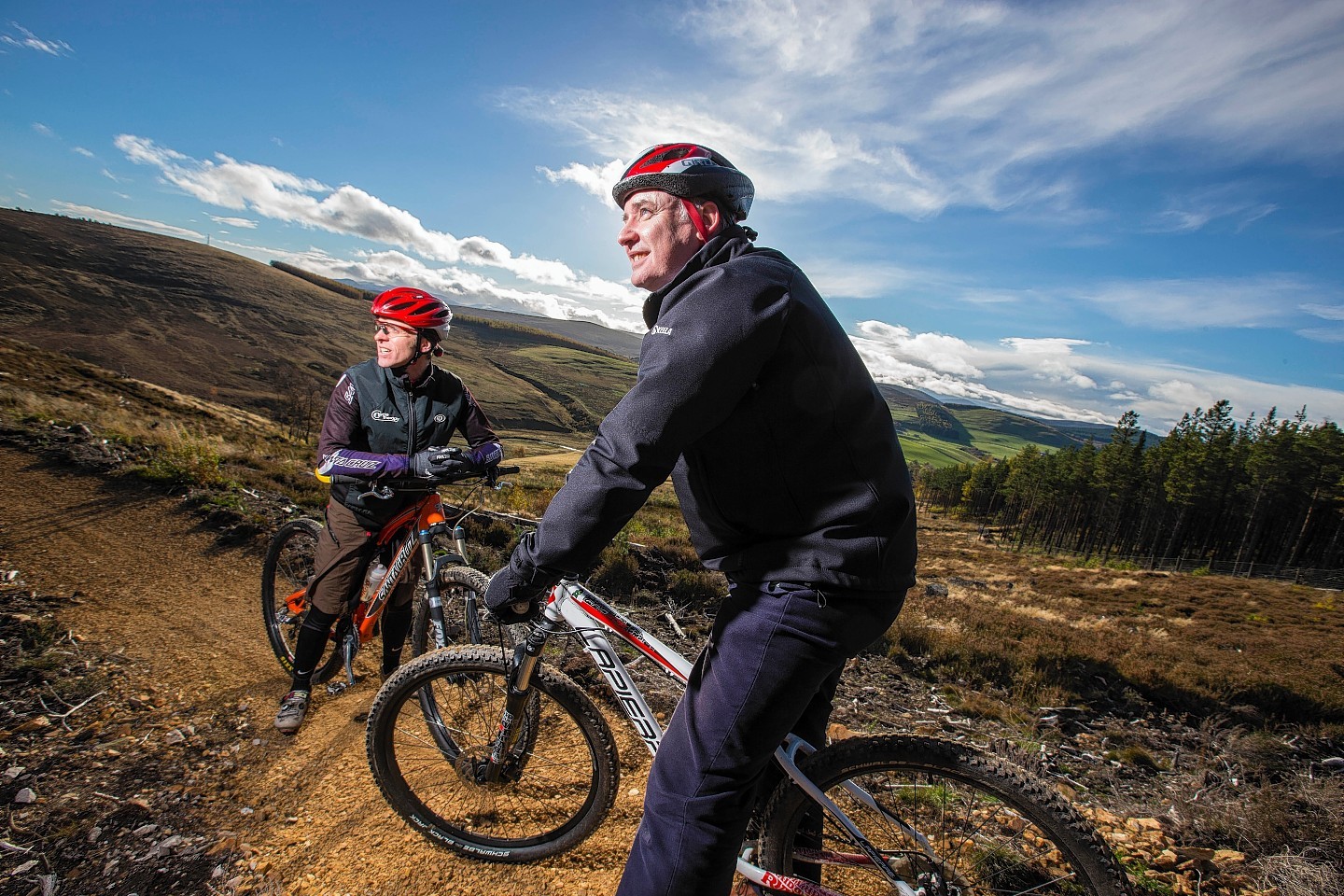More people in Moray are getting on their bike than in most other parts of the country.
Research by Cycling Scotland has revealed that cycling rates in the region are higher than the national average, with 1.9% of the population choosing it as their main mode of transport.
Almost 6% of people in Forres say they cycle to work every morning, followed by 3.78% in the Heldon and Laich ward and 3.69% in Elgin City North.
Meanwhile, 7% of children in Moray say they enjoy pedalling to school – as opposed to a national average of just 5%.
Forres councillor George Alexander is known to traverse the town on his bicycle, and encouraged more people to take up the healthy pastime.
Mr Alexander said: “I’m someone who has ridden a bike since I was six-years-old, and I don’t understand why more people don’t do it.
“There is a lot of flat land all over Moray, and it is a great way of taking in the countryside.
“I hope these figures convince more people to try cycling more often, that could only be a good thing for the environment and their own health.”
Moray Speyside tourism have also praised the “great range” of cycling routes for all ages and abilities in the area.
The chairman of Moray Council’s economic development and infrastructure services committee, John Cowe, said moves were being arranged to cater to the region’s burgeoning number of cyclists.
Mr Cowe said: “We have recently incorporated a four-and-a-half mile cycle route into the Elgin flood alleviation scheme, between the town and Lhanbryde, and have many other formal cycle routes in the area, all of which helps more people to get on their bike and enjoy cycling locally.”
Cycling Scotland’s Luke Phillips added: “Moray has made great strides in encouraging more people to cycle, and has great potential to go further.
“Sustained investment in infrastructure, cycle training and other initiatives will encourage people of all ages and abilities to enjoy cycling.”
In Dundee and Edinburgh 4.2% of people said cycling was their main mode of transport, ahead of 3.4% in Orkney and 3.1% across the Highlands.
